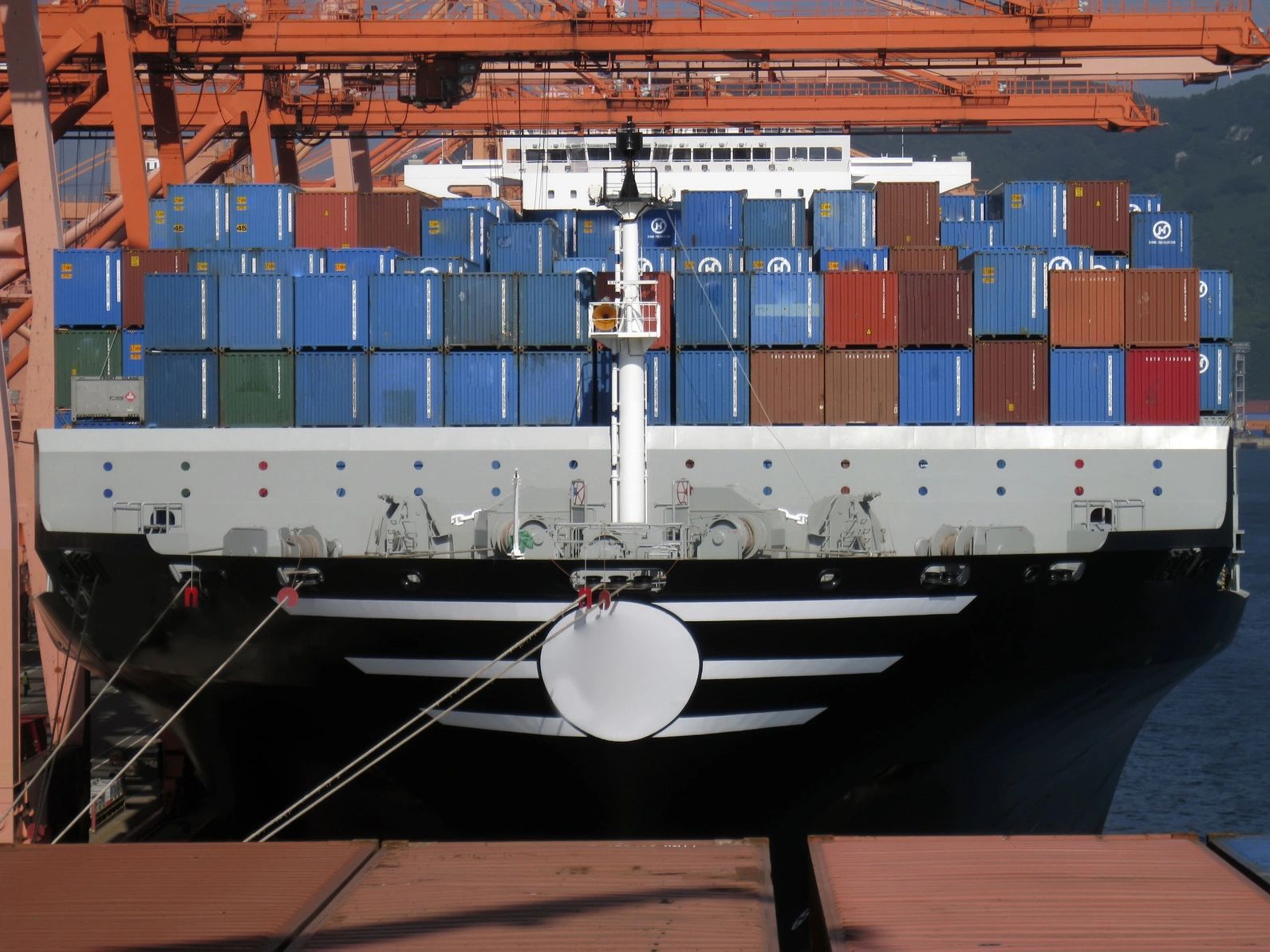“You Should Sanction Us More Often!”
A new shipping route that the Russians are working to develop couldn’t have come at more perfect timing with global turmoil both in the Red Sea (Suez Canal) and the Panama Canal (protests over copper mine and Darien Gap immigration). Russia is seeking to become an alternative shipping route by piercing the arctic with their new icebreaker ships. These will amount to very important routes to export their commodities around the world and offer other countries to do the same.
It would change global trade with China, where it takes 15 days to receive limited number of goods by rail and an amazing 50 days through the Suez Canal. They are banking on the fact that Asia is going to continue their development and they are going to need a lot more hydrocarbons than what they [Asia] currently possess. China has also extended their own “Polar Silk Road” as part of their “Belt and Road” initiative as well.
Plan
Russia has developed a plan to launch a full-fledged network scheduled for 2035 involving icebreaker ships, supply vessels, routes, ports and infrastructure. This will amount to about 20 billion euros equivalent.
As the Northern Sea Route is a strategically important transport artery, it can already be called economically profitable in comparison, for example, with the Suez Canal due to a number of reasons:
- Fuel savings due to reduced distance to connect Asia to Europe.
- The shorter distance reduces the cost of staff labor and chartering vessels; FiberOp cables boost navigation capabilities and safety
- The Northern Sea Route [currently] does not charge payments for the passage (unlike, for example, the Suez Canal)
- Less turmoil for container ships (less losses)
- There are no queues (unlike, for example, the Suez or Panama Canal)
- There is no risk of a pirate attack or seizures which are becoming more frequent in MENA.
- The majority of shipments contain LNG, crude oil, iron ore and coal, commodities in demand
In fact, just the first two months of this year, over 31,000,000 tonnes of cargo had been transported using this Russian Sea Route, a tenfold increase compared to 10 years ago. Russia now has 33 arctic ships that are currently being built, with the goal of reaching 100 ships to scale operations to 190,000,000 tonnes of cargo annually into 2030. For now, the major limitation that Russia faces on the viability of this route is the number of active icebreaker ships to handle such route. Will this change according to their plan?
Did you read about our Russian Stock?
Click the button below to hear about what happened!
Closing
News like this complements our upcoming article that speaks to the big, empire-level moves that Russia is making. Russia, since their 1991 inception have truly played the long and steady game by developing trade, ridding much of their corruption, shoring their [gold] reserves, advancing their military upon the expectation of NATO provocations and now, this.
I believe that one has to consider Russia as being a huge economic play in the decades to come and that this is further evidence of this.

